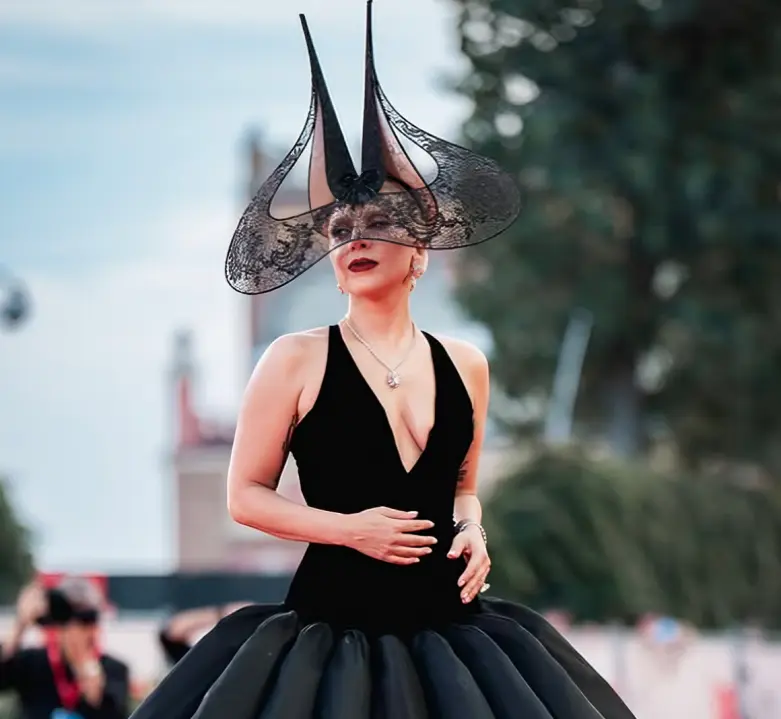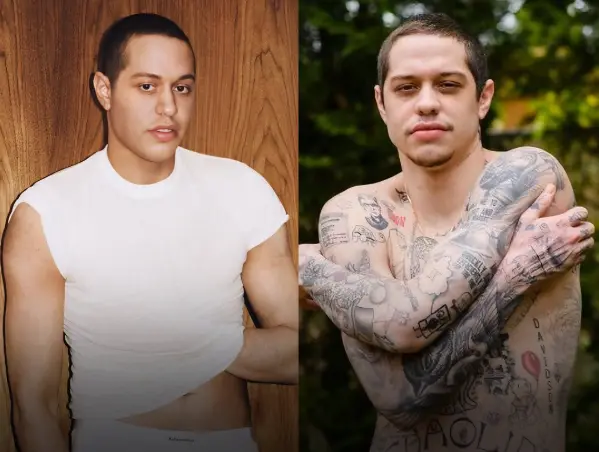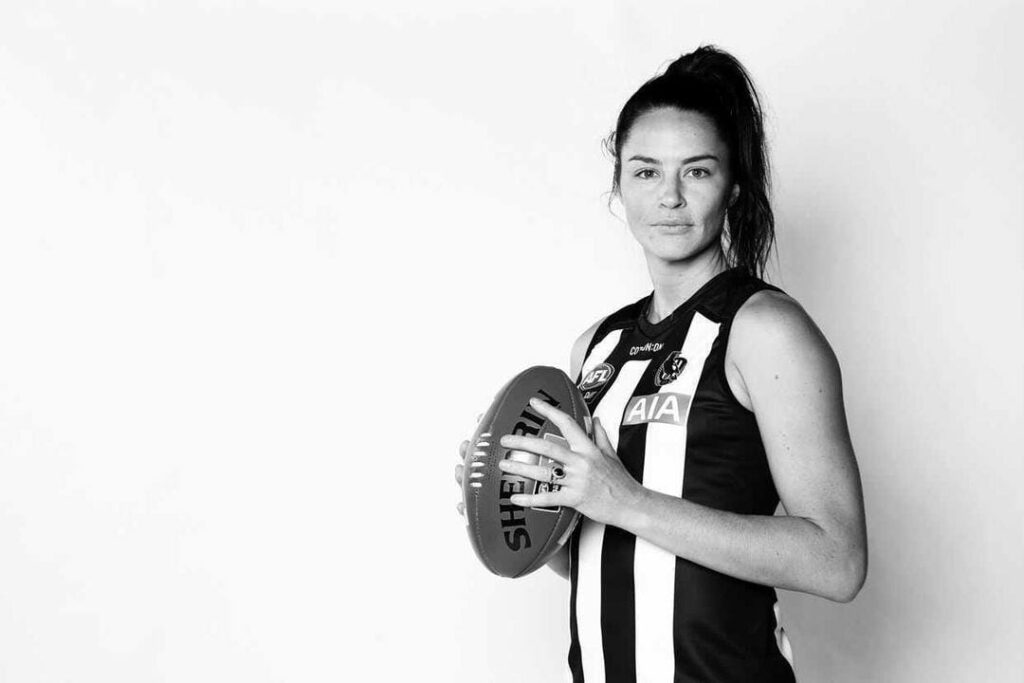Now Reading: Debunking the myth: Is Lady Gaga transgender?
-
01
Debunking the myth: Is Lady Gaga transgender?
Debunking the myth: Is Lady Gaga transgender?

Lady Gaga is used to being in the spotlight and getting into trouble. Her flamboyant dress choices, music that crosses genres, and outspoken personality have made her one of the most famous pop performers of the 21st century. She is a global sensation, even here in Australia. There have been a lot of talks about her personality, and one issue that keeps coming up online and in the news is: Is Lady Gaga transgender?
We talk about where this rumour came from, what Gaga has said about it, and why many people think she is one of the best friends of the LGBTQ+ community, including transgender Australians.
The rumour that started it all
People started to wonder about Lady Gaga’s gender identity after she performed at the Glastonbury Festival in the UK in 2009. People said Gaga was hiding something about her identity when an image went viral and people spoke about it online. Gaga didn’t just ignore the rumours right away; she let them spread in public.
She later explained why she did it by saying:
“I didn’t feel like a victim.” I wanted to make people think.
This answer shows Gaga’s larger goal, which is to question old standards and accept differences.
So, is Lady Gaga a transgender?
No, Lady Gaga is not a transgender
She has publicly declared herself a cisgender woman, indicating that her gender identity aligns with the sex she was born with. But she has said she’s bisexual and has had sexual and romantic relationships with men and women.
In her own words:
“I do like women…” Yes, I have had sex with women before.
Gaga has never claimed she is a lesbian or gay woman, which shows how complicated her identification is. This is something that many young people, even Australians, can identify with in today’s more accepting environment.
Gaga’s support for LGBTQ+ people
Gaga is one of the most well-known supporters of the LGBTQ+ community, even though she is not transgender. She has acquired this reputation through years of activism, music and public campaigning.
Notable actions include:
- “Born This Way” is one of the most important things that happened. This song, which came out in 2011, became a worldwide smash and a strong message of accepting yourself. The lyrics clearly mention different sexual orientations and gender identities, such as transgender people.
- Super Bowl Halftime Show: During her 2017 Super Bowl halftime show, she used the word “transgender,” which is not something you see very frequently in such a big, well-known event.
- Born This Way Foundation: Gaga and her mother, Cynthia Germanotta, started the Born This Way Foundation. This non-profit helps young people with their mental health, promotes kindness, and encourages acceptance. It focuses a lot on LGBTQ+ kids, many of whom deal with discrimination and mental health issues.
Her impact is most strongly felt in places like Australia, where LGBTQ+ rights have come a long way but still confront cultural and political hurdles, especially for trans and non-binary individuals.
Why Gaga didn’t shut down the rumour immediately
Many celebrities who face false accusations swiftly refute them. Gaga, on the other hand, did something else. She didn’t deny the rumours about her being transgender because, as she put it, she didn’t want to make it appear like something that needed to be disputed.
She showed a strong type of allyship by doing this, one that doesn’t add to the shame that some individuals may already feel about their gender identity.
People in the LGBTQ+ community all over the world, including Australian advocates, respected her approach because they saw her as someone who used her platform in a responsible and intelligent way.
The Australian connection
Lady Gaga has always had a deep connection with her fans in Australia. Her tours have sold-out arenas from Sydney to Melbourne and many Australians who care about fairness, equality and freedom of speech agree with what she says.
Gaga’s messages of acceptance in her songs and public pronouncements give the trans community recognition, visibility and optimism in a society where they still face prejudice.
Her work also goes along with what local Australian LGBTQ+ groups like Minus18, Equality Australia and Transcend Australia are doing to help and elevate queer and trans people all throughout the country.
Conclusion
To make things clear, Lady Gaga is not transgender.
The main story isn’t whether she is or isn’t; it’s how she has utilised her prominence to help those who are.



























